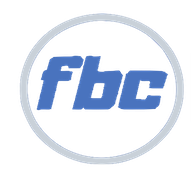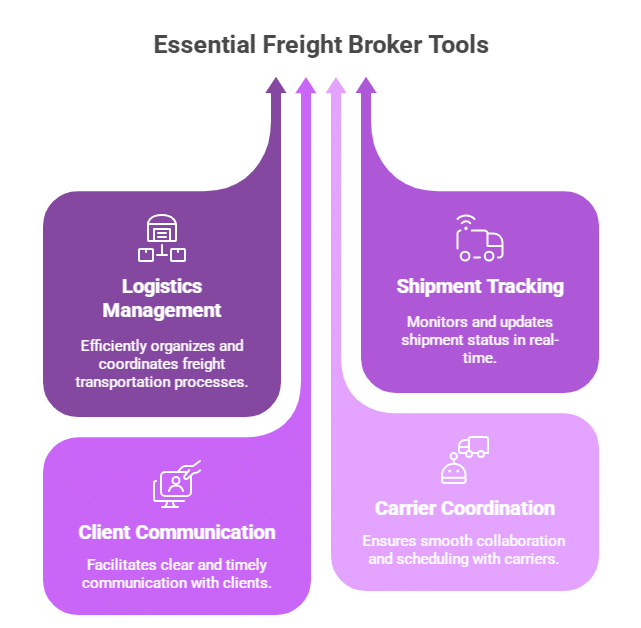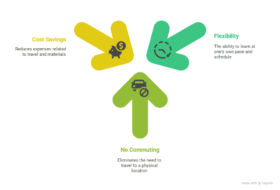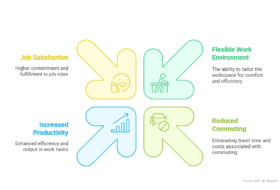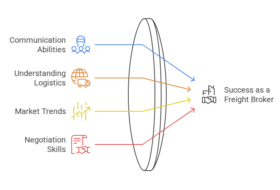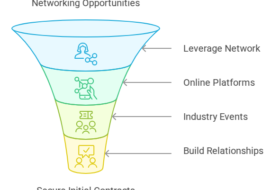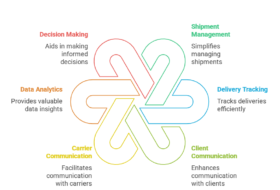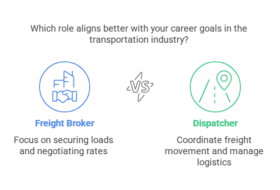Table of Contents
- Transportation Management System (TMS)
- Load Boards
- Accounting Software
- Communication Tools
- Carrier Vetting Tools
- Document Management Software
- Customer Relationship Management (CRM)
- Reliable Hardware Setup
Freight Broker Tools You Need to Succeed in 2025
Starting a freight brokering business is an exciting venture, but success hinges on efficiency, organization, and staying ahead of the competition. One of the most common questions new brokers ask is, “What software or tools do I need?” The right freight broker tools can make or break your ability to manage loads, track shipments, and keep clients happy. In 2025, with the logistics industry evolving rapidly, having a solid toolkit is non-negotiable. This blog post dives into the eight essential freight broker tools you need to thrive, whether you’re working from a home office or scaling up your operation.
1. Transportation Management System (TMS)
A Transportation Management System (TMS) is the backbone of any freight broker’s operation. This software helps you manage the entire lifecycle of a shipment, from booking loads to tracking deliveries and generating invoices. Popular options like LoadPilot or Truckstop TMS offer user-friendly interfaces and integrations with load boards. A good TMS saves time, reduces errors, and keeps your clients and carriers on the same page. Expect to spend $50-$200 monthly, depending on features—well worth it for the efficiency boost.
2. Load Boards
Load boards are indispensable freight broker tools for finding available shipments and carriers. Platforms like DAT Load Board and FindfreightLoads connect you to thousands of shippers and truckers daily. They’re especially critical when you’re starting out and building your network. Most load boards charge a subscription fee (around $35-$150/month), but they pay off by giving you access to real-time opportunities. Pro tip: Use filters to target high-profit loads in your niche.
3. Accounting Software
Freight brokering involves juggling payments—shippers might take 30-60 days to pay, while carriers expect quicker turnaround. Accounting software like QuickBooks or FreshBooks keeps your finances in check. These freight broker tools track invoices, expenses, and profits, ensuring you don’t miss a payment or overextend your cash flow. Plans start at $15-$30/month, and many integrate with your TMS for seamless bookkeeping.
4. Communication Tools
Reliable communication is key to coordinating between shippers and carriers. Tools like Slack, Microsoft Teams, or even a dedicated business phone line (via services like RingCentral) ensure you’re always reachable. Email platforms like Gmail or Outlook also help you manage correspondence professionally. Free or low-cost options work fine initially, but as you grow, investing in a VoIP system (around $20/month) can streamline calls and messages.
5. Carrier Vetting Tools
Trustworthy carriers are the lifeblood of your business, and vetting them is a must. Freight broker tools like Carrier411 or SaferWatch let you check a carrier’s safety ratings, insurance, and authority status before booking. These platforms typically cost $50-$100/month and save you from the headache of partnering with unreliable operators. In an industry where delays or no-shows can tank your reputation, this is a small price to pay.
6. Document Management Software
Paperwork is unavoidable in freight brokering—bills of lading, contracts, and proof of delivery all need to be organized. Document management tools like DocuWare or Google Drive keep everything digital and accessible. Free options work for solo brokers, but paid plans ($10-$50/month) offer advanced features like e-signatures and cloud backups. These freight broker tools ensure you’re audit-ready and can quickly share files with clients.
7. Customer Relationship Management (CRM)
A CRM system helps you track leads, manage client relationships, and follow up on opportunities. Tools like HubSpot or Salesforce (starting at $25/month) are perfect for freight brokers looking to grow their shipper base. They store contact details, log interactions, and remind you to nurture connections. While not mandatory at first, a CRM becomes invaluable as your business scales and client lists expand.
8. Reliable Hardware Setup
Don’t overlook the basics: a fast computer, high-speed internet, and a quality phone are essential freight broker tools. You’ll be juggling multiple tabs—load boards, TMS, email—so a dual-monitor setup (around $200-$300) can boost productivity. Reliable internet (at least 50 Mbps) prevents disruptions during negotiations or tracking. These upfront costs (roughly $500-$1,000 total) ensure you’re equipped to handle the demands of the job.
Why Freight Broker Tools Matter
In 2025, the freight brokering industry is more competitive than ever, with technology driving efficiency and client expectations. The right freight broker tools don’t just make your life easier—they set you apart from brokers still relying on spreadsheets and phone calls. Start with the essentials (TMS, load boards, accounting) and layer in others as your budget and business grow. Most of these tools offer free trials, so test them out to find what fits your workflow.
Ready to launch your freight brokering business? Investing in these eight freight broker tools will give you the foundation to succeed. Which one are you most excited to try, or do you have questions about getting started?
Growth + Change = Opportunity! How are you going to capitalize on the opportunity as a freight broker, agent, dispatcher or box truck carrier?
Enroll in a course today and get a Shippers List for free! Use Code: freeship
